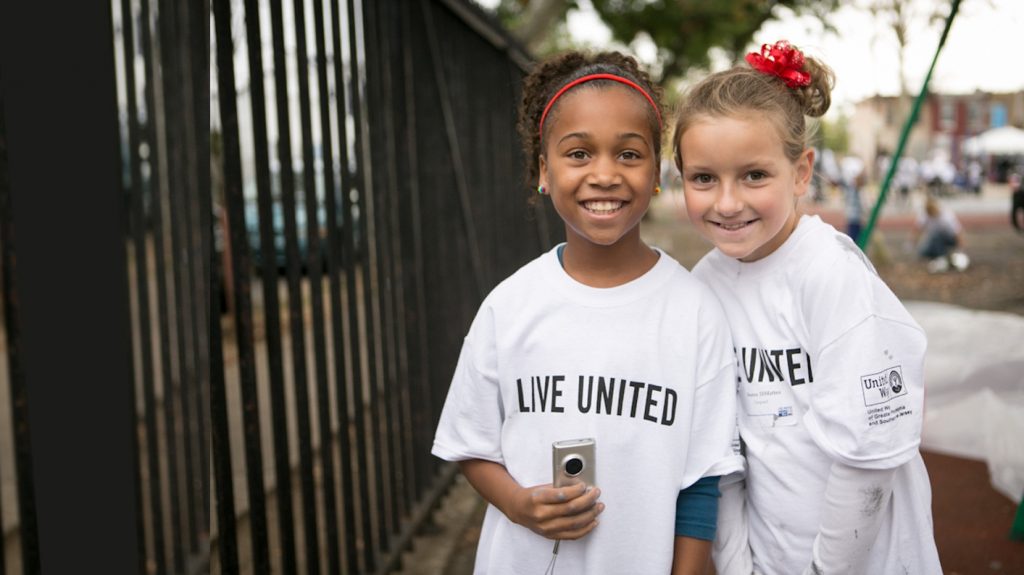
Organization pledges $1.2 million towards vulnerable children
By Mercedes Deutscher, News Editor
Concerned residents in Coquitlam and Surrey have developed a social services plan that can benefit families and children in need, and United Way is aiding the cause with a $1.2-million investment.
Forty-three per cent of children under the age of five who live in the Guildford West neighbourhood of Surrey and the Coquitlam River region are considered vulnerable, that is, at risk of struggling in school due to having difficulties in reading, writing, counting, or concentration. Without extra help, these children may have increased difficulty with future studies.
“The question was, ‘What can we collectively do to change that projector for kids in that neighbourhood?’” said United Way employee Jeff Calbick to the Surrey Now.
Families in these neighbourhoods tend to have lower incomes. While families in BC bring home a median annual income of $75,797, the income for a Guildford family household has a median of $56,484, placing one-third of children in these families below the poverty line, all according to the 2011 Statistics Canada Household Survey.
The United Way investment will spend $400,000 annually in the neighbourhoods of Guildford West and Coquitlam River. This investment will mainly be utilized by three local social service centres: DIVERSEcity and Options in Surrey, and Westcoast Family Centre in Port Coquitlam.
The plans developed for helping these vulnerable children vary according to neighbourhood.
In Surrey, the plan is expected to start later this fall. Children under the age of two will be screened to see if they are meeting developmental milestones normal for their age. From there, volunteers will help with teaching families of vulnerable children about healthy lifestyles and the development of literacy, and provide assistance to families affected by mental health issues.
The plan in Coquitlam involves furthering development of existing services in the area, as well as helping cultivate the neighbourhood to be more child-friendly by and increasing the number of accessible childcare spaces.
Besides United Way, several other organizations have pledged to help the plan. The Human Early Learning Partnership, the Social Planning and Research Council of BC, and the Children’s partnership of Surrey-White Rock have all committed to aid in the success of this initiative through volunteer and community work.
If the plan proves to show a change in child development, it may be implemented in more areas in the future, according to Calbick.
“We thought we could try to figure out what key solutions and interventions could improve that level of vulnerability for children, and then we could extend this to other areas in Surrey and the region.”
